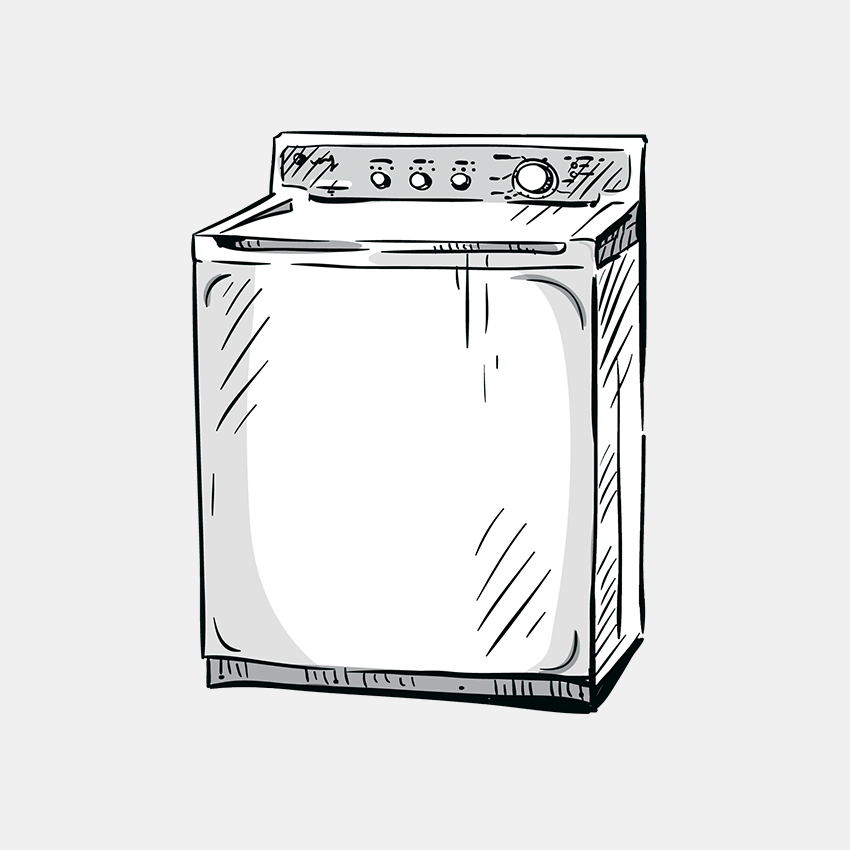Dryer
Repair

The history of clothes dryers can be traced back to the 19th century. At first, dryers were heated with wood stoves, while hand-cranked and powered drums were developed in the late 1800s and early 1900s. Electrical drying appliances started to become more widely available in the late 1920s with the introduction of vent-less drying units, though this wasn’t without some degree of safety concern. However, with further technological improvements such as electric heating elements and the inclusion of drums, fully electric clothes dryers with an air-driven drum were soon widely available to the general public.
With further refinements such as energy-efficient, timed, or continuous running dryers, sophisticated sensors for optimizing temperature and time to prevent fabric shrinkage, air-conditioned fabric selectors, and more efficient use of electricity, these gadgets made a name for themselves. They made their way to all kinds of households. The 1960s and 1970s saw the production of many space-saving units, which brought about widespread market availability of household clothes dryers, helping the public move on from traditional clothesline drying. From then on, significant improvements included better user experience via enhanced control of fabrics and computer technology used for operation and sensing technologies. As a result, dryers rapidly dominated the North American laundry market with their unique energy-saving attributes and straightforward operation.
Dryer repair can involve diagnosing and resolving issues that can include; a damaged door latch, faulty timer control or control panel failure, damaged drive belt or motor, defective igniter, blocked ventilation system, loose or broken internal parts, broken heating elements, clogged lint screen, lousy power connection, stuck drum, worn drum roller, and damaged safety thermostat. If you need assistance with a dryer repair, it’s best to consult an expert for accurate assessment and professional repair.